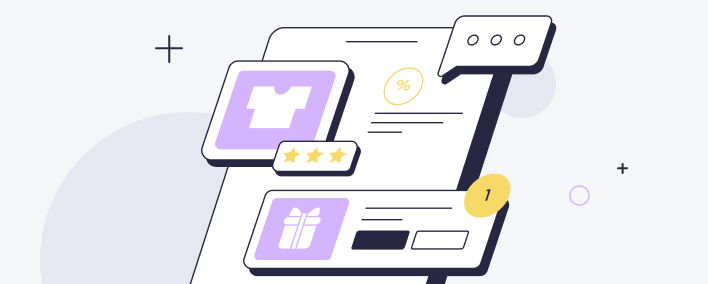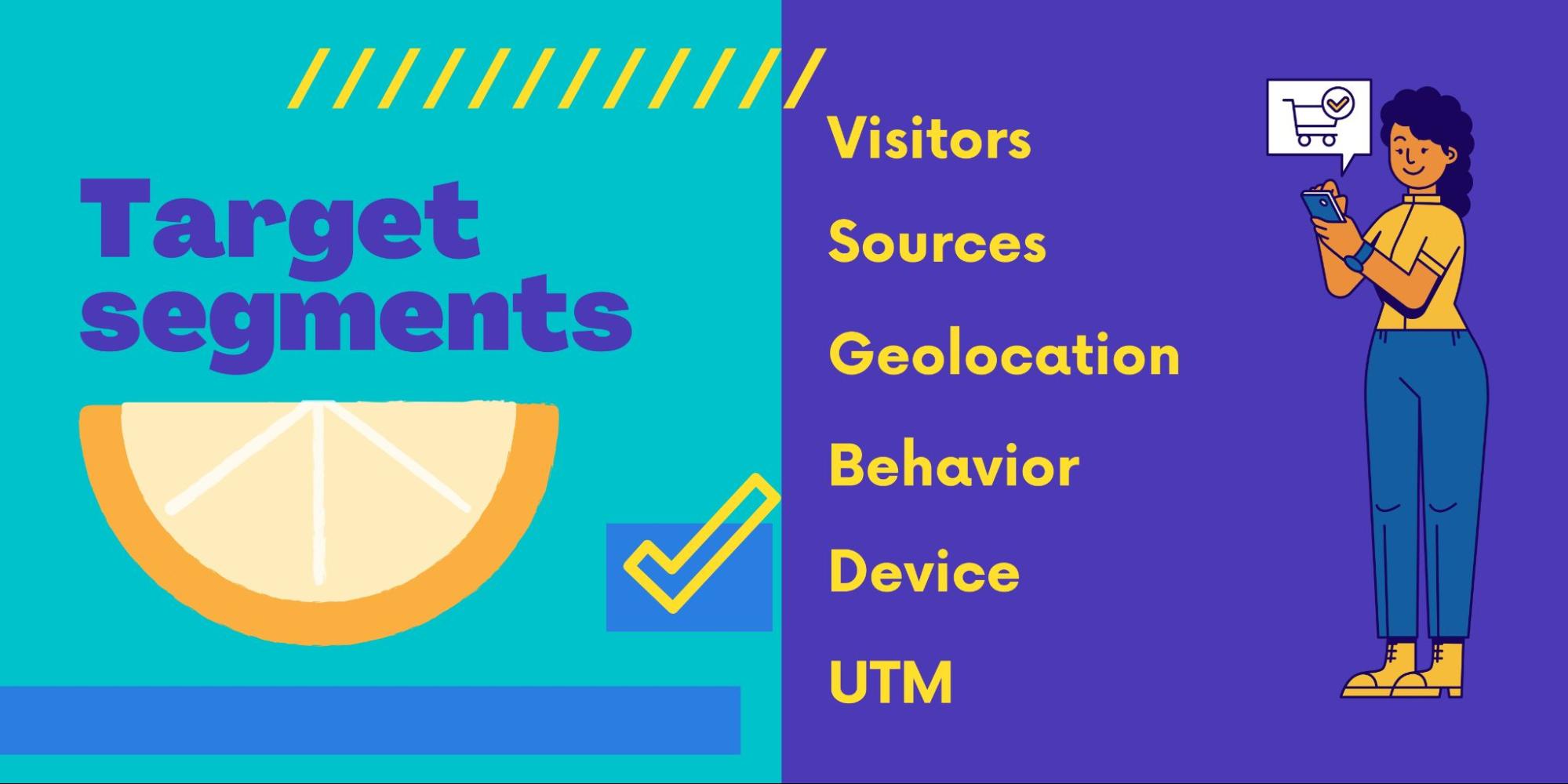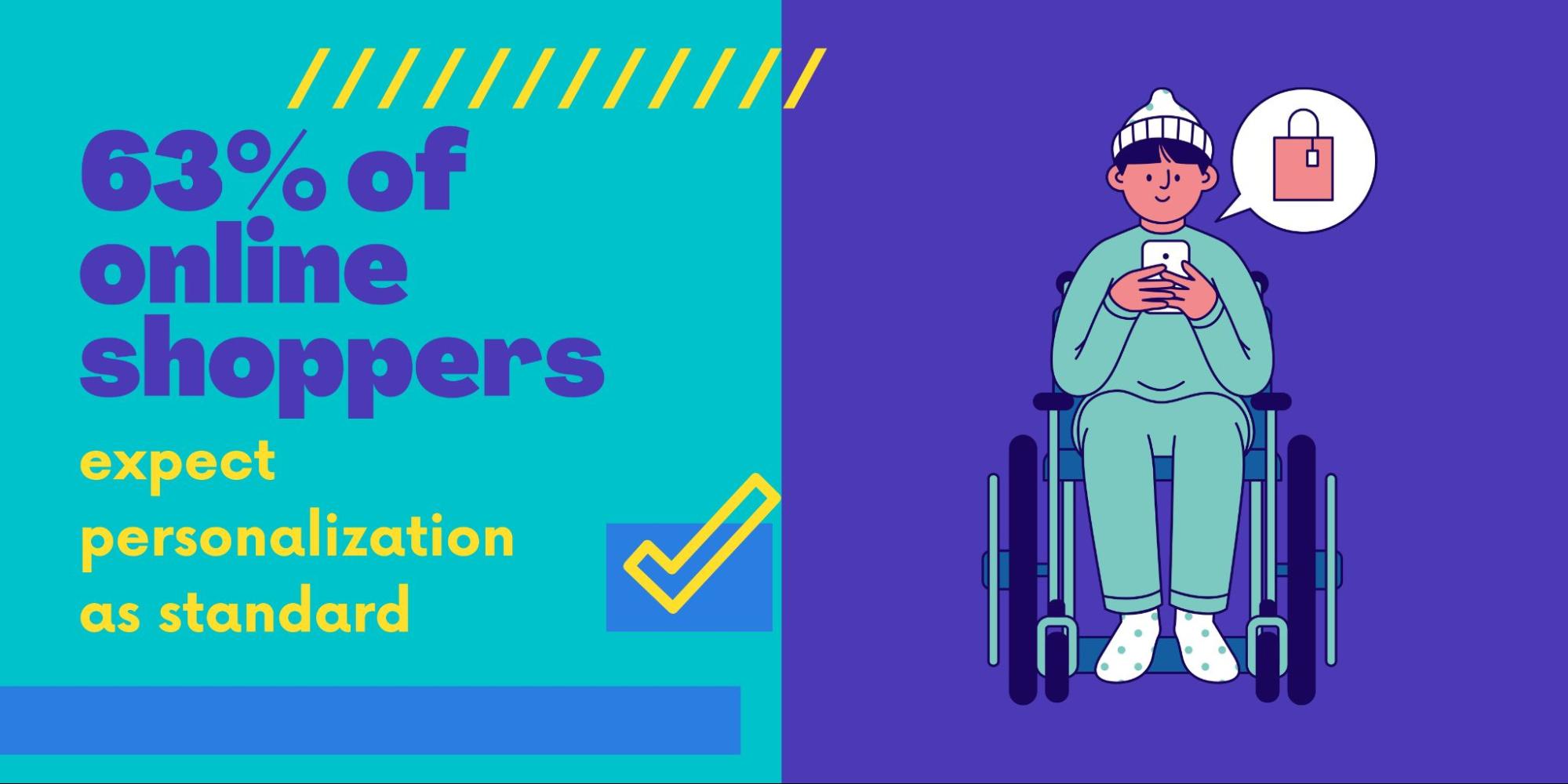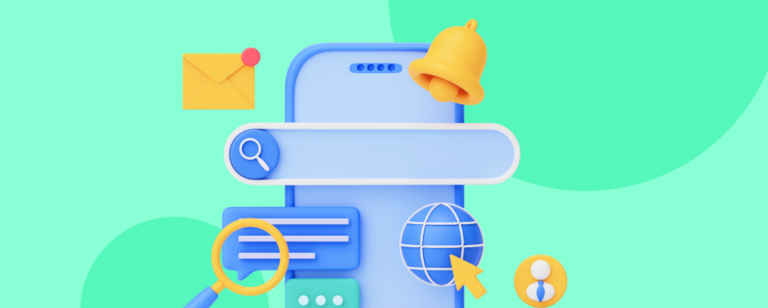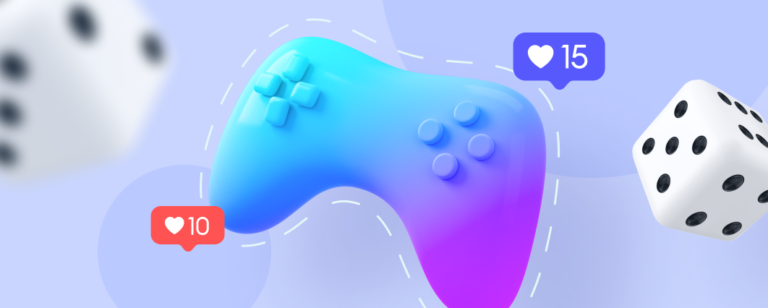Image Created by Writer
Visitors
Make a clear distinction between new visitors, returning visitors who have not previously made a purchase, and returning visitors who have made a purchase. This differentiation will form the cornerstone of many personalization strategies.
For example, returning visitors will feel welcomed back by a section showing their previously viewed items.
First-time visitors on the other hand could be greeted with a modal popup, offering a discount on their first order.
Traffic Sources
Divide your traffic into those sent from social media, email marketing, paid search, organic search, referrals, or brand partnerships.
Segmenting visitors based on the channels they linked from will inform you about their intent and interests, as well as where they are in the conversion funnel.
For example, click-through rates from your own email marketing campaigns show potential customers who are already aware of your brand. These customers are further down the sales funnel and could be quickly converted by a limited-time offer or free shipping.
Geolocation and IP
Segmenting users based on location can form the basis for a variety of small details which make a big difference. From a customer’s location, you can learn about their language, currency, and even local weather conditions. After all, there’s no point promoting winter coats to someone in Hawaii!
Customers will feel seen when your homepage automatically loads in their language, and with prices listed in local currency. It saves them from having to make these changes themselves, streamlining their journey toward conversion.
This can also help with the checkout process, automatically inputting information about shipping costs, customs fees, and taxes on shipping – so there are no nasty surprises for your international visitors.
Behavior
You’ve already divided your visitors into returning and new customers – but your analytics tools can give you further insight into user behavior. You can segment customers by number of visits, or days since their first or most recent visit.
A loyal customer who makes frequent purchases could benefit from a message about your rewards or referral program, while someone who last visited many months ago may be charmed by a warm welcome.
UTM parameters
UTM tags allow you to segment your site traffic by the campaign, content, or referral source that led them to your site. These are ideal for A/B testing, as you can quickly devise which ad or campaign is most successful, and apply more of your budget to promoting the top performer.
However, this data also allows you to personalize your landing page based on the campaign that inspired consumers to click through. This can help to create a seamless customer experience – from the imagery and messaging of a particular ad to that of the onsite journey itself.
Device
Create an easy-to-browse experience for traffic using mobile, tablet, or desktop. Your mobile site ought to operate differently from your browser-based experience, with mobile responsiveness and adaptive screens. This segmentation will dictate which version of your site users click through to.
Consider unifying browsing history between multiple devices, so that returning shoppers using a mobile device will see recommendations based on their desktop browsing.
Mobile users may also prefer the option to log in via their social accounts with the click of a button, rather than filling in a registration form on their smaller screens.
Strategies for Ecommerce Personalization
Now you’ve got to grips with your data, it’s time to apply it. Here are some of the core components for building a scalable personalization strategy that meets your needs and your customers’.
Behavioral Targeting










